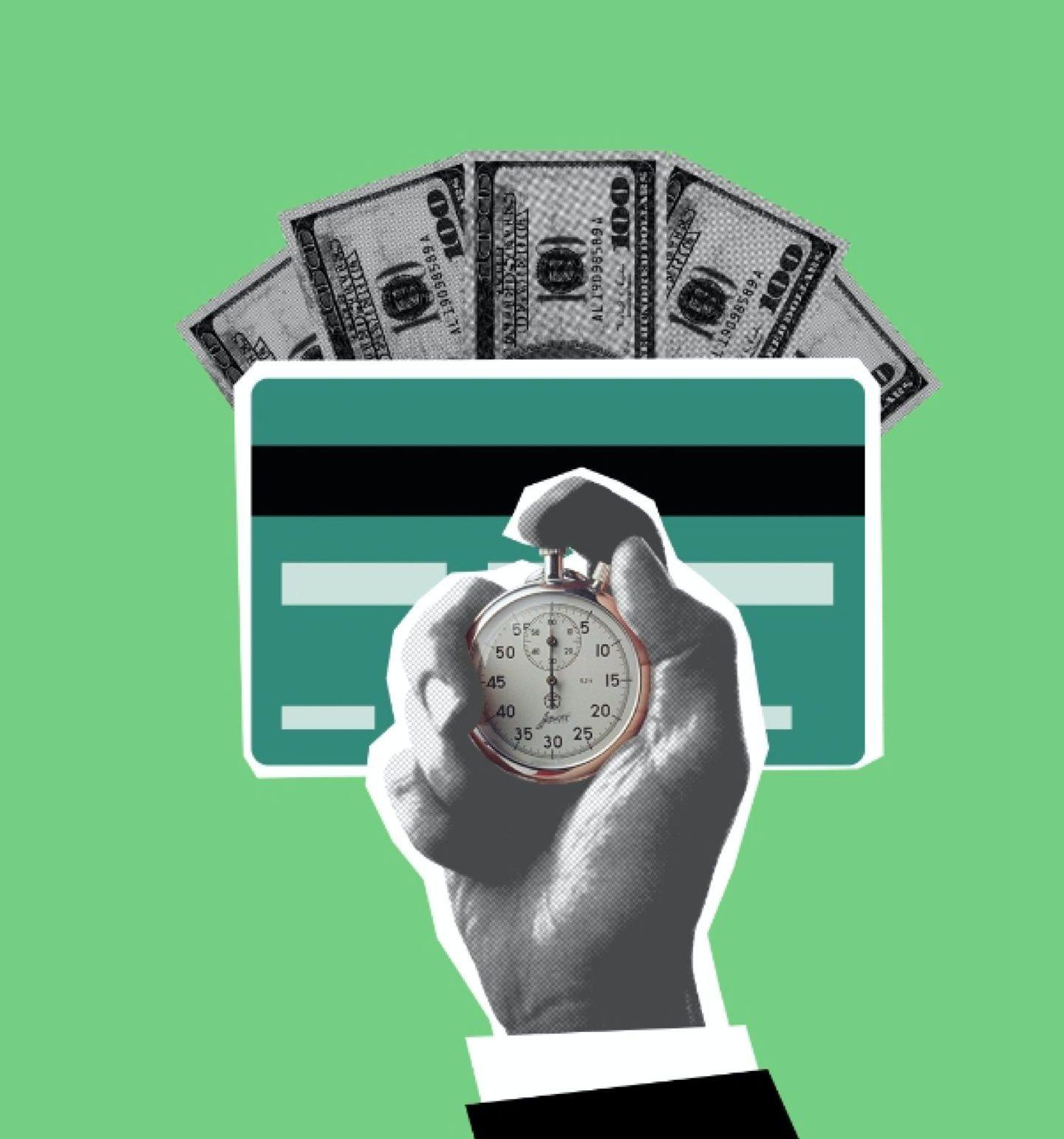Cash flow
The hidden perils of cash flow forecasting
February 15, 2017

Why does a small business need cash flow forecasting?
The truth is that any company needs a cash flow forecast, but small businesses, of which fast-growing ones, need it in particular. Especially if they are service or project based companies with irregular cash inflow and operating in a highly uncertain environment. The impact of cash flow on the health of a small company was pointed out in a study which revealed that running out of cash is a major cause for small companies failure.
Another very likely situation when a cash flow forecasting becomes necessary is when the company seeks investment to support the growth. For this, investors and lenders need to be convinced of the business’ reliability. When asking for investment, a clear plan of how money is spent and used to bring in more money is the perfect argument. The cash flow statement is one of the three most important documents that an investor analyzes to assess the company’s financial health and worthiness (the other two are the income statement and the balance sheet).
Take ThinkOut for a spin
Add forecasts and find out how your business will perform in the next months
Start free trialWhen working in a project based company, the uncertainty of future income needs to be balanced by thorough planning and accurate forecasting. Investors will look at the liquidity ratios to measure the company’s ability to meet the short-term financial liabilities. These ratios are also a sign of how firm the business can stand in front of unexpected economic shakes.
For service companies, who don’t hold inventories, the Quick Ratio is applicable for measuring their capacity to meet financial obligations:
Quick Ratio = Current Assets (no inventory considered)/ Current Liabilities
Current assets, in this case, consist mostly of cash but also accounts receivable, and short-term investments.
Furthermore, following a study carried out by Terry Ward and Benjamin Foster, it appears that companies with depreciating cash flows for one or two years (involving all three forms of cash flow: operating, investing and financial) end up filing for bankruptcy. This is a strong reason to conduct a cash flow forecasting for at least one upcoming year, to spot out signals of financial weakness and risk of failure.
A generally disregarded risk of poor cash flow management is the loss of competitive advantage. It comes as consequence for having overlooked the investments in development. This may be a strategic fault to start with, but also a tactic one due to lack of finances: a shortage of liquidity or impossibility to raise financial support. Either way, cash flow problems are a major cause (directly or indirectly).
So it became clear that small companies and the fast growing ones need a cash flow forecast to keep the business safe and running (though it is not the sole factor). What about those perils?
Not taking into account all cash flows
The more accurate the forecast, the more useful. It sounds like common sense; surprisingly, however, not many pay attention to details. Accuracy doesn’t stand only in getting the predicted values right (the closest to reality), but also in considering every possible source of income and expense.
When talking about cash flow, there are three different sides of it to consider: operating, investing and financing cash flow. It means that managers need to take into account not only income deriving from sales but also short-term investments and other receivables, even though they are not directly linked to the current activity. As for the expenses, the most obvious are the ones related to the company’s operations (salaries, rent, utilities, other administrative expenses), but what many people forget are loan interest rates, annual taxes and fees (which are not necessarily related to the company’s main activities; it may be the tax on a property or bank account related taxes).
Not taking into account all data resources
The values for each of the cash flow types mentioned above can be found in several documents. Analyzing the financial history up to the present moment can give a relatively good idea of what to expect in the future. Actually, this is what cash flow management is also good for – it serves as a reliable base for forecasted cash operations. High chances are that the income and expenses you registered over the past year don’t change much; what changes depends mostly on the manager’s development plans and, of course, there should be some room left for the unexpected.
As Donald Coggan warns, ”doing cash flow forecasting the right way requires YOUR view of the future of your business. It goes beyond billed and booked orders.” As he observes, forecasting that relies only on billings “is nothing but crisis management”, considering billings and bookings only “is better, but not good enough, while “real cash flow management” is “based on billings, bookings, and sales projections.” A cash flow plan is where all this information is gathered in one place. Thus it provides the necessary information to make decisions about the future activity of the company. Especially when it involves small companies offering services or invoicing per project.
Getting mesmerized by economic growth
Economic growth is what thrills most businesses, especially right after a painful recession period. It is the time when owners and managers feel that they can finally see their plans into action, grow, conquer new markets, hire new employees, acquire that piece of technology they were craving for months and that would help them deliver better services – mainly everything that the recession times kept them from doing. It is during growth periods that managers tend to forecast increased sales, so they plan expansion, maybe a larger, more central office, based on the excitement of the economic environment. It is exactly in these moments when cash flow management can get out of hand, ending up in trouble.
It is more a psychological factor with very applied, deep economic implications. Economic growth usually comes after a recession, is part of the business cycle. As it lies in the human nature to compensate what has been missed, managers, too, are more prone to over-evaluate the potential growth of businesses. Thus, when building a cash flow forecast during a period of economic growth, the risk is to overestimate income, doubled by an overspending (fueled by the perspective of increased number of clients and projects). While growth, itself, implies a certain degree of risk, small companies managers need to be particularly careful and tamper their enthusiast in predicting cash flow.
Relying too much on ”expected”
Cash flow forecasting is, indeed, mostly about estimating future transactions. Some predictions are more reliable than others. There are promised cash flows and expected cash flows. The promised ones derive from contracts, invoices or other accountabilities; these are inflows and outflows that can be counted on in most of the cases. The expected ones are mainly estimations, which occur naturally in any forecasting but have a weaker reliability. The aim is, of course, to predict future cash transactions as accurate as possible (based on business and market research), but in reality, a good number of such predictions don’t turn into reality.
If this is the case for expenses which, by chance, prove to be lower than estimated, then all is for the best. The real peril appears when managers expect more income than it is achievable or fewer expenses than the operations require. This is why cash flow forecasting should be taken very seriously and well supported by as much real data as possible. Leave to hazard as few numbers as possible.
The fact that cash flow forecasting bears some risks does not dismiss it as a mandatory approach for managers. Actually, the greatest risk to take is not to do any forecasting at all. The point of going through these perils is to acknowledge them and to make sure their effect is diminished. Forecasting cash movements may very well make the difference between success and failure for many fast growing companies.
Plan your cash flow with ThinkOut. Create a 30 day free trial account, automatically import your financial data and start making informed business decisions based on actual facts.
Share this article
One great read. Every month in your inbox.
Our newsletter explores new ideas for entrepreneurs to enjoy financial management and better run their businesses.
Read our blog
Learn more about cash flow management

Cash flow, Entrepreneurship
How to use cash flow forecasts to get a loan
A forecasted overview of your company can bring many benefits for the business itself and for you, as a manager.
August 30, 2021
Read more

Cash flow
Why is cash flow forecasting important
A cash flow plan helps you understand your decisions' impact on the company’s cash position.
December 18, 2020
Read more

Cash flow
How to build financial forecasts for your business
Know where you’re headed by building forecasts of your inflows and outflows.
September 29, 2020
Read more